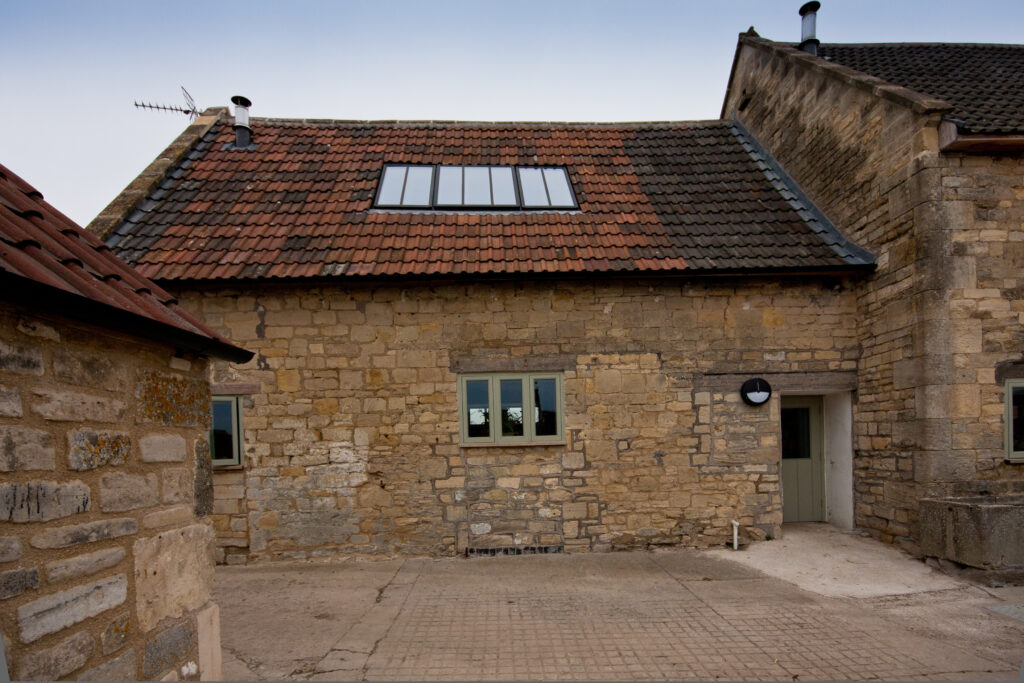


You’ve been asked to renovate a listed building. This is a great opportunity to show your skills and preserve a piece of history. However, you must take care to use the correct materials and techniques.
One important consideration is the roof. A Conservation Rooflight can be installed to protect the building while still allowing natural light and ventilation to enter. This will help preserve the structure while you work, and will also make the interior brighter and more comfortable.
Heritage buildings are a vital part of our history, and we must do everything we can to protect them. Not only do they offer a unique glimpse into the past, but they also play an important role in the overall character of our towns and cities.
That’s why it’s so important to use the right materials and techniques when restoring or preserving a heritage building. One such technique is the use of conservation rooflights.
Conservation rooflights are designed to preserve the authenticity and history of a building, while also providing energy efficiency and insulation. They’re made from materials that match the original construction of the building, so they look and feel like an integral part of the structure.
This is an important consideration for any restoration project, as it’s crucial to maintain the character and integrity of the building.
Conservation rooflights are a type of rooflight specifically designed for period, traditional, and listed buildings. They are made in the style of the building and use cast glass to match the original design.
This is an important consideration for two reasons. First, it ensures that the new rooflight blends in with the rest of the building, preserving the period design. Second, it uses materials that ensure the rooflight is in keeping with the historic character of the building.
Your first step is to speak to your local building control department. In most cases, you’ll need to submit plans of the proposed works so that they can be assessed for compliance with building regulations. You may also need to appoint a qualified architect or surveyor to act as technical advisor during the project.
If your building is listed, you’ll need to notify your local listed buildings officer before starting any work. You may also need to apply for listed building consent, which allows the officer to advise on the proposed works and whether they’ll harm the character of the building.
While all this may seem like a lot of paperwork, it’s important to remember that conservation rooflights are a sensitive and often complex issue. It’s best to get things right from the start so that your project runs smoothly and meets with the approval of everyone involved.
When choosing the best conservation rooflight for your historic building, there are several important factors to consider. Location is the first. Is it a steep roof? A flat roof? Is it an accessible area, or are you working at a height?
You’ll also want to consider what material is best for your needs. Cast iron was the original material used for the construction of rooflights, as it holds its shape and provides durability in extreme weather conditions; this made it an excellent choice for conservation purposes.
However, today with more choices available other solutions can be found in steel or aluminium.
Lastly, you’ll want to make sure you’re working with a reliable manufacturer who has experience and support in the industry. Tuscan Foundry are experts when it comes to cast iron building products and they have decades of experience in preservation and conservation projects. They can provide guidance throughout the entire process, ensuring that your project runs smoothly and efficiently.

In addition to the esthetic benefits of using conservation rooflights on listed buildings, this type of rooflight offers some distinct advantages. They are designed to replicate the period look and feel of the original structure, so they add to the authenticity of a building.
The main drawback of using conservation rooflights is that they can be more expensive than standard glazing products. Depending on the size of the product needed, it can take a lot of time and effort to source an appropriate supplier that can provide a quality product.
Installing a Conservation Rooflight is not the same as installing a traditional rooflight. You’ll need to hire a roofing contractor and specialist installer to ensure that the rooflight fits properly and functions correctly.
The installer will assess your existing roof covering, as well as the current level of insulation, and then take into account any additional requirements that may be needed to fit the Conservation Rooflight properly. They will also evaluate whether your building needs additional ventilation or drainage.
The installer can then recommend the best size, shape, type of glass, and other additional features based on the specific requirements of your building. They should also be able to recommend an experienced carpenter for any bespoke joinery work needed.
Once you have chosen the right product for your project it’s time to get started with the installation.
The most important thing when choosing a conservation rooflight is to find one that matches the style of your building. You also need to make sure that the rooflight is fit for purpose and will provide the right level of insulation.
Conservation rooflights can be a great way to preserve your historic building and make sure it stays in good condition for years to come.
Choosing the right supplier or manufacturer for your conservation rooflight is a must for your project, and having worked with many suppliers over the years. Please see:
Our suggestions below:
Most Authentic Conservation Rooflight: Clement – Cast Rooflight
Best Overall Conservation Rooflight: The Rooflight Company
Easiest to Install Conservation Rooflight: Velux
Best Budget Conservation Rooflight: Fakro